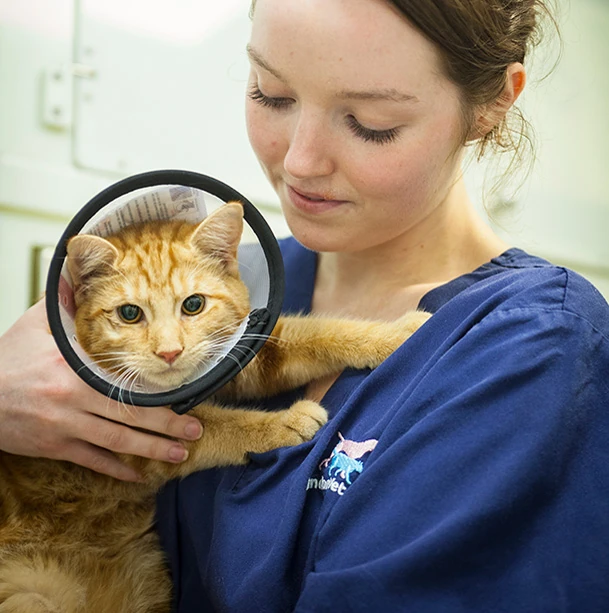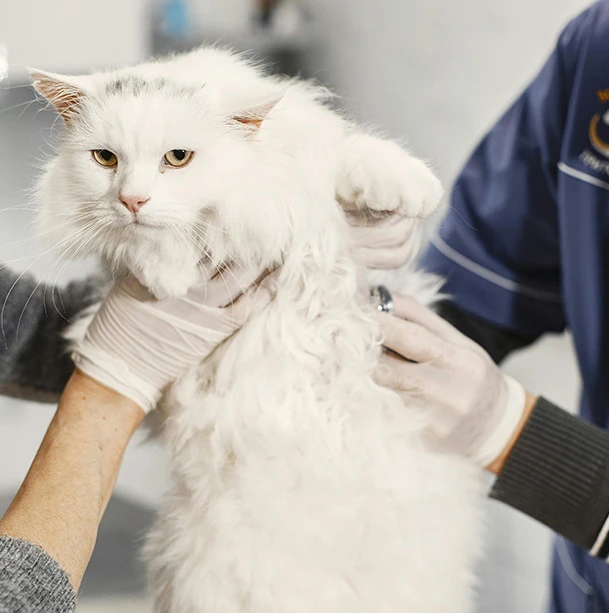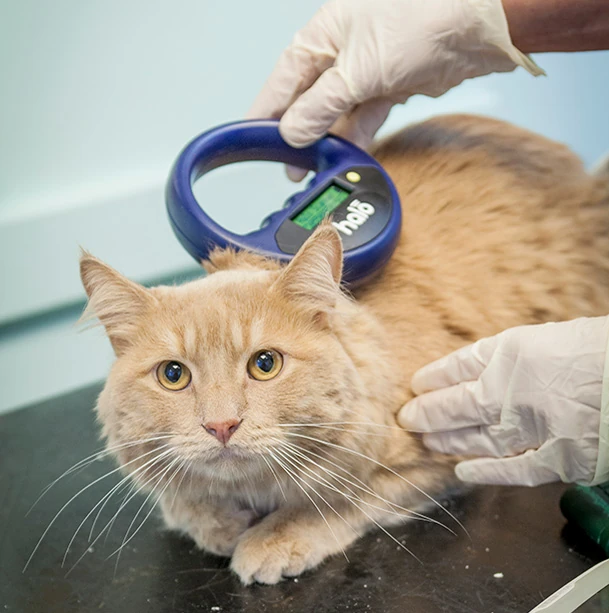The first evidence that properly manufactured feline enteritis vaccine offers longer than one year immunity was published in the early 1990s and since that time we have had a policy at the London Veterinary Clinic of giving boosters less frequently than yearly. Today, we vaccinate and give booster inoculations according to an individual’s life style. These are our general guidelines.


